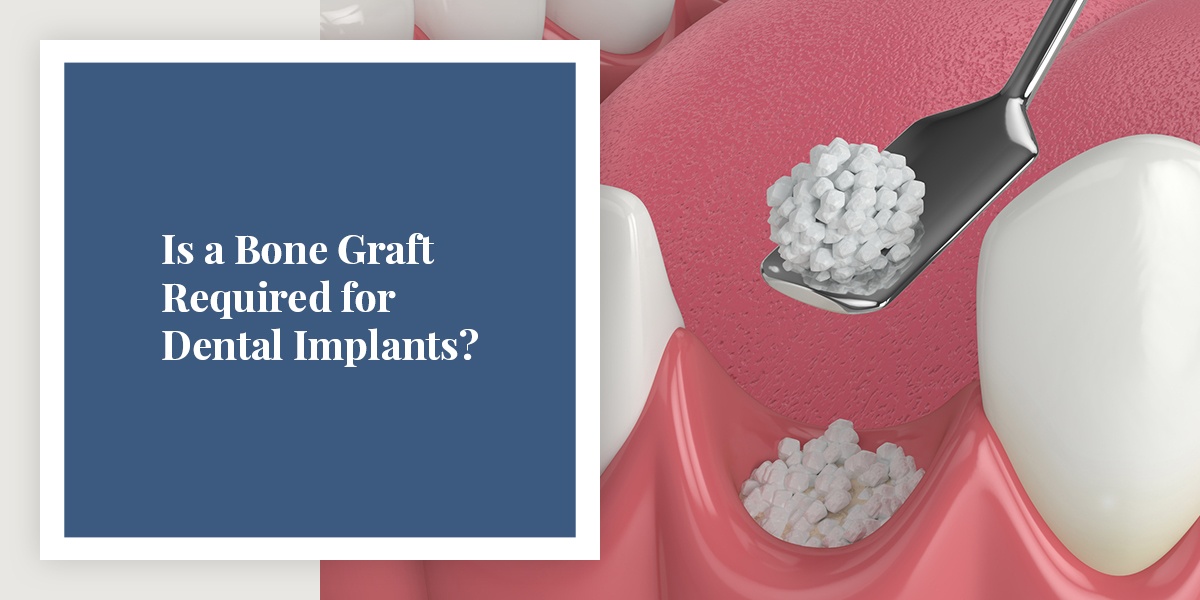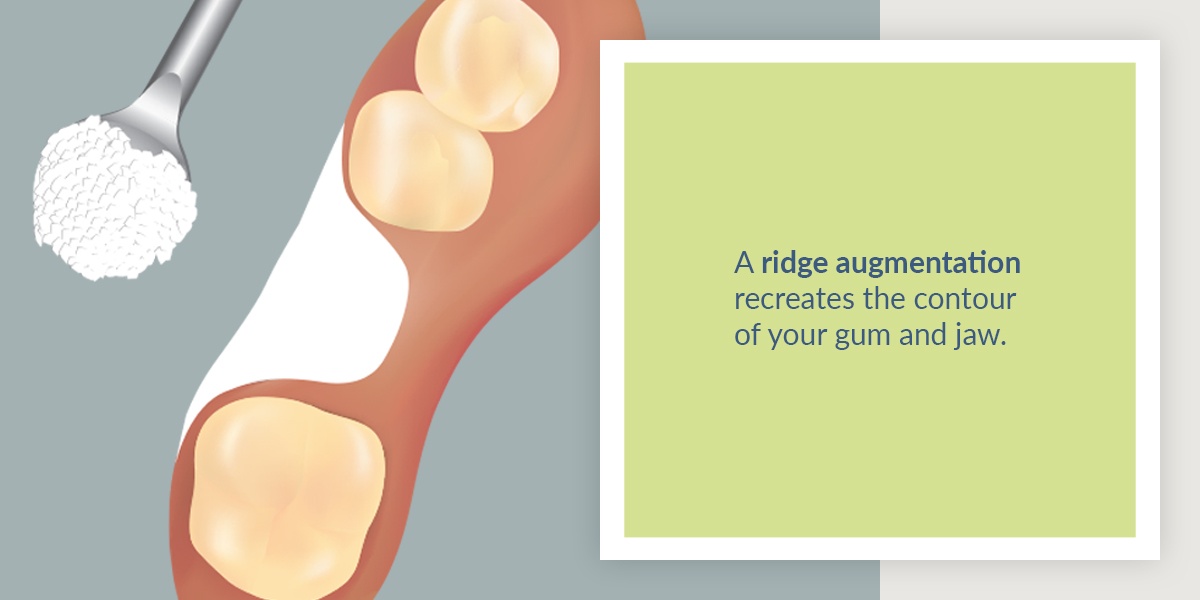
- What Is A Bone Graft?
- Common Conditions Requiring Bone Grafting
- Are There Different Kinds Of Bone Grafts
- 172 NYC Dental
To get a dental implant, you need adequate bone tissue to serve as a healthy foundation for repair. If you might need to have a bone graft, it is important that you consider the reasons for it. For the osseointegration around the implant to effectively heal, adequate bone tissue is a necessity.
Taking the first step of having a bone graft can help you receive a successful dental implant if you would otherwise be a risky candidate for the treatment. Keep reading to learn more.
What Is a Bone Graft?
A bone graft for dental implants is a procedure that aims to replace your bone tissue with material taken from your own body or an acceptable substitute. Your jawbone is able to regenerate and heal itself when introduced to replacement bony tissue. The graft material slowly integrates into an area of new bony growth.
If you are planning to have your teeth replaced with dental implants, your dentist will determine if you require a bone graft before proceeding. Without taking this step, there is a chance that the implant might be unsuccessful.
Why Is a Bone Graft Performed?
The dentist must place a titanium post under your gum to secure the implant to the jawbone, but if your bone tissue is unable to support the post, it could come out.
A bone graft for an implant thickens your jawbone, adding more density and making the bone sturdier. This procedure makes it easier for the implant to bond with the bone.
Why Does the Jawbone Lose Density?
Resorption often causes lost bone density. This process can happen naturally as you age, and it results in a jawbone that is too thin for an implant to be securely placed. Even if you need one implant to replace a lost tooth, you might require a bone graft.
Another common cause of lost jawbone density is atrophy and resorption from disuse. When a tooth has been missing for a number of years, you have probably lost more bone tissue than in surrounding areas where your teeth are still healthy. Your jawbone can atrophy from lack of use in a specific area and slowly get reabsorbed, making implant placement difficult or impossible without a graft.
Your teeth and roots stimulate the jawbone, signaling to your brain that your jaw is functioning properly. After your teeth fall out, your body leaches calcium from the jawbone to use elsewhere.
Common Conditions Requiring Bone Grafting
Patients who ask if dental bone grafts are necessary sometimes experience anxiety about getting the procedure. Some patients can get a dental implant without having a bone graft first, but many factors increase your need to have an adjunctive procedure such as a bone graft.
If you have postponed treatment for a missing tooth, then you might have bone deterioration, making the empty space less than ideal for an implant.
If you need an implant in a location that is prone to having insufficient bone tissue, like an upper molar, you might need a bone graft tooth implant to ensure your jawbone is strong enough to hold the implant.
Other possible risk factors for your jawbone having insufficient density include advanced periodontal disease, injury, severe tooth decay or infections, or a congenital defect of your bony tissue.
Are There Different Kinds of Bone Grafts?
Your dentist will determine which kind of bone graft will work the most effectively in your case. The type of bone graft depends on the location of your missing teeth and the extent of bone loss you have. Possible types of bone grafts include:
1. Socket Preservation
This type of bone graft preserves the alveolar bone and prevents further atrophy. Your alveolar bone can be damaged by infection or disease, which could lead to a tooth extraction. Once your tooth is out, a socket preservation can prevent deformities down the road.
Jaw defects lead to problems with tooth restoration, which is what makes this procedure the preferable choice compared to leaving the empty socket untreated. This type of graft heals in about three to six months.
2. Ridge Augmentation

A ridge augmentation recreates the contour of your gum and jaw. Bone loss following a tooth extraction or injury often affects the contour, but this type of graft corrects the issue when a dentist places bone material in your tooth socket. New bone tissue then fuses with your alveolar ridge.
This is the ideal procedure if you require a bone graft for all-on-4 dental implants. It takes about six to nine months to recover.
3. Sinus Lift
This type of graft is often relied on if you need a tooth implant in your upper jaw. Your thin sinus wall makes the graft necessary to replace lost upper teeth.
A sinus lift grows your bone in your maxillary sinus to enable the placement of a dental implant. Healing typically takes around eight to 12 months.
When Is a Bone Graft Required for Dental Implants?
Do you need a bone graft for dental implants? If your dentist determines that you have jawbone density loss, you will most likely need to have a bone graft. Although a bone graft is only required in certain cases, it is very common to need one before your dental implant. Your jawbone must be thick enough for the titanium post to stay in.
Whose Bone Is Used for the Graft?
You can use your own bone or processed material from a donor. Certain new technologies might be able to function without collecting additional bone tissue. Instead, the cells are targeted and stimulated directly to produce new bone. You might be a candidate for this type of procedure.
What Happens Before the Procedure?
Before your bone graft, your dental team will take imaging so the surgeon can plan your augmentation. A CT scan is usually sufficient. Then your surgeon will ask if you want to use a bone graft from your own body or processed donor tissue.
What Is the Bone Grafting Procedure Like?
You will be under the influence of anesthesia when you get your bone graft procedure. You will be completely comfortable while you sleep through the surgery.
Your surgeon will also provide you with a local anesthetic before creating a flap in your gum. The surgeon will then examine the underlying bone and extract the replacement bony tissue if you need it.
Finally, the surgeon will place the grafted material — including a membrane to hold it in place if required — and stitch up your gum.
What Is the Recovery Time and How Will I Feel Afterward?
The entire recovery process could take several months. Commonly, patients feel fully recovered after about six to nine months. The most important part of your recovery will involve being careful when you eat and drink for the first few weeks.
Your surgeon can prescribe pain medication if you need it after the procedure, but many patients are comfortable taking over-the-counter painkillers for the first few days and gently using an ice pack. To prevent infection, you can take the prescribed antibiotics and use an antibacterial mouthwash.
Once you have recovered, you can get your dental implants put in.
Dental Implants at 172 NYC Dental
Is a bone graft necessary for your dental implants? Call us for an appointment or contact us online today.









